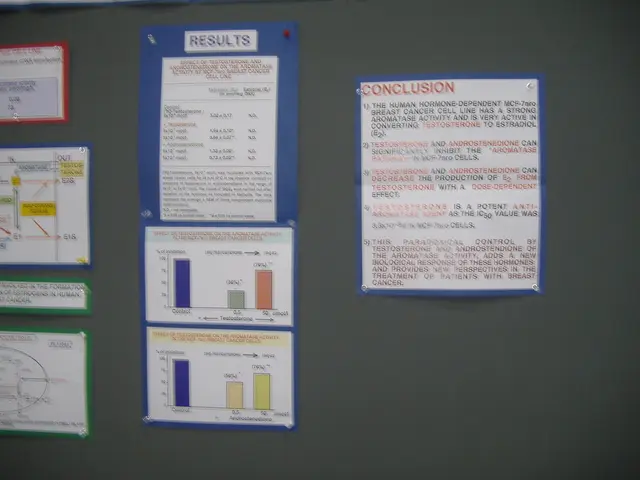Sweden: Unemployment on the Rise in Which Regions?
Sweden's Uneven Unemployment Trends in 2025
Sweden's labor market has experienced some significant shifts in 2025, with unemployment rates varying across different counties. According to a report published by the National Institute of Economic Research, the economy is expected to emerge from its slump next year, but the road to recovery has not been smooth for all regions.
One of the counties hit hardest by unemployment is Västerbotten. The county, located in the far north, has seen a substantial rise in unemployment, with the number of unemployed people increasing from 4,992 to 7,417 in the same period. This steep increase can be partially attributed to issues in the battery manufacturing sector, which has been plagued by extensive layoffs, notices, and bankruptcy. Marcus Löwing, the labour market analyst from the Swedish Public Employment Service, stated that these events have significantly impacted the labor market in Västerbotten.
While Västerbotten has been struggling, not all counties have followed suit. Four counties, Dalarna, Gotland, Gävleborg, and Norrbotten, have actually seen decreases in unemployment. In contrast, Uppsala county has also witnessed a sharp rise in unemployment.
Nationally, unemployment rose from 6.6% in Q2 2024 to 6.9% in Q2 2025. Skåne had the highest level of unemployment at 9 percent in the second quarter of 2025. However, it's important to note that the increase in unemployment was not uniform across all counties in Sweden.
The reduction in growth forecast was blamed on Swedes' lower than expected consumer spending. Ylva Hedén Westerdahl, the head of forecasting at the National Institute of Economic Research, admitted that they have been wrong about household consumption. The institute reduced its forecast for Sweden's growth in 2025 from 1 percent to 0.7 percent.
Interestingly, the report also mentions higher interest rates in Sweden, but it does not provide specific county-level unemployment statistics. The Swedish Public Employment Service released a press statement regarding the unemployment statistics, acknowledging the challenges faced by certain regions and expressing optimism for the future.
The report also highlights Sweden’s economy's heavy reliance on knowledge-intensive and export-oriented manufacturing. Disruptions in specific sectors such as battery manufacturing can strongly affect regional employment. As the battery manufacturing industry navigates these challenges, it remains to be seen how the labor market in Västerbotten and other affected regions will recover.
In conclusion, the key contributing factor to Västerbotten’s increased unemployment in 2025 is the significant decline in the battery manufacturing sector caused by layoffs and bankruptcy, significantly affecting the local labor market. Despite these challenges, the National Institute of Economic Research predicts that unemployment will start to decline from the start of next year, offering a glimmer of hope for a brighter future.
- The steep increase in unemployment in Västerbotten, Sweden can be partially attributed to issues in the battery manufacturing sector, which has been plagued by extensive layoffs, notices, and bankruptcy, indicating a significant impact of the finance sector on the local labor market.
- As the battery manufacturing industry navigates these challenges, it remains to be seen how the labor market in Västerbotten and other affected regions will recover, indicating a potential connection between the economy's heavy reliance on the finance sector, specifically knowledge-intensive and export-oriented manufacturing, and regional employment patterns.







